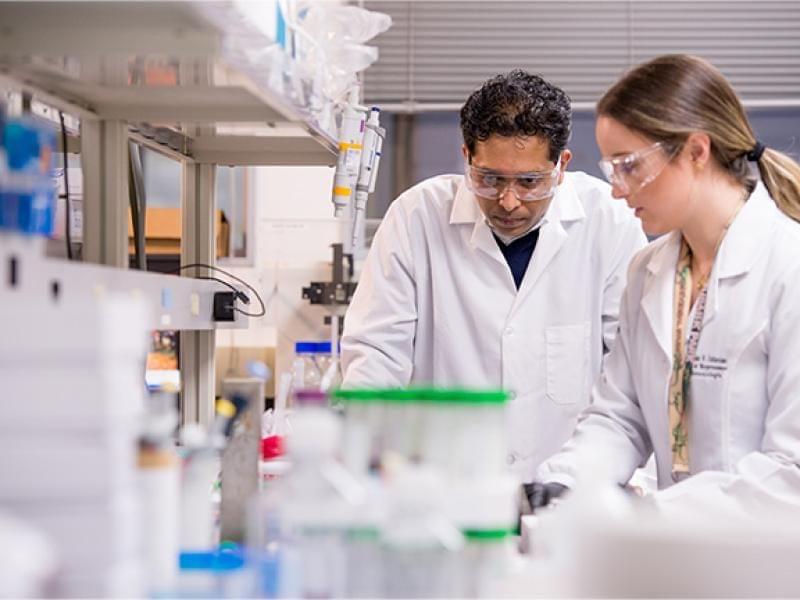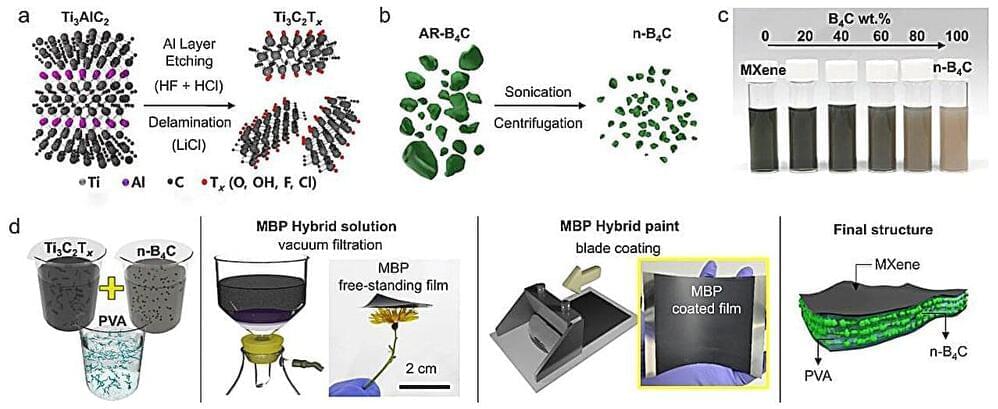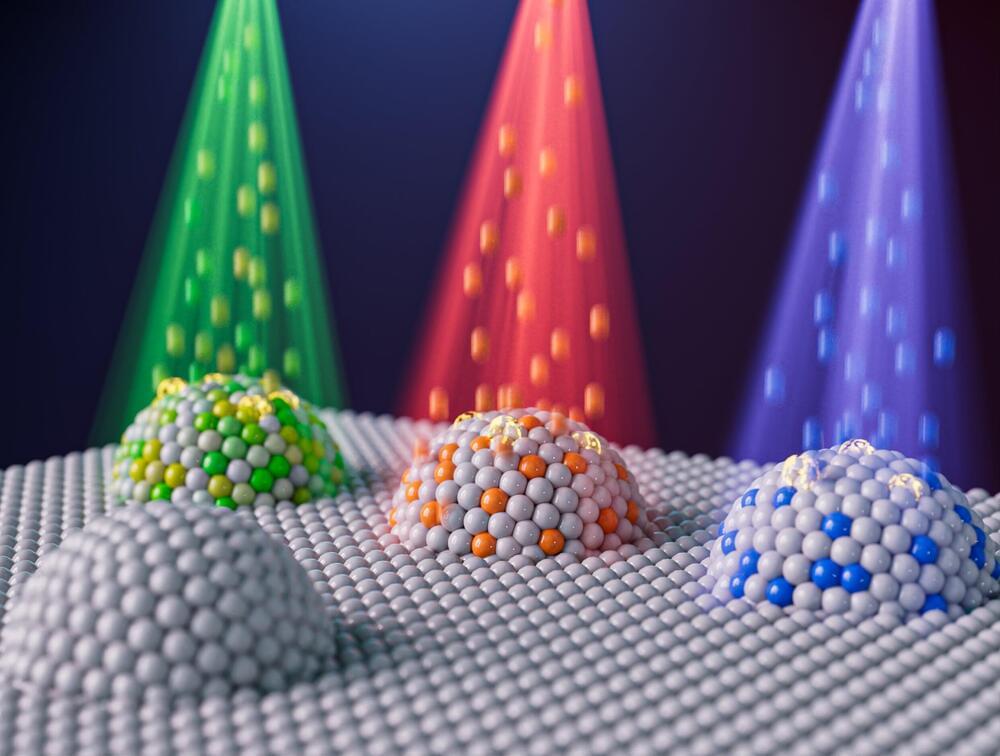The technique represents an important step in engineering skin grafts, drug testing. A team led by scientists at Rensselaer Polytechnic Institute has 3D-printed hair follicles in human skin tissue cultured in the lab. This marks the first time researchers have used the technology to generate hair follicles, which play an important role in skin healing and function.
The finding, published in the journal Science Advances, has potential applications in regenerative medicine and drug testing, though engineering skin grafts that grow hair are still several years away.
“Our work is a proof-of-concept that hair follicle structures can be created in a highly precise, reproducible way using 3D-bioprinting. This kind of automated process is needed to make future biomanufacturing of skin possible,” said Pankaj Karande, Ph.D., an associate professor of chemical and biological engineering and a member of Rensselaer’s Shirley Ann Jackson, Ph.D. Center for Biotechnology and Interdisciplinary Studies, who led the study.







